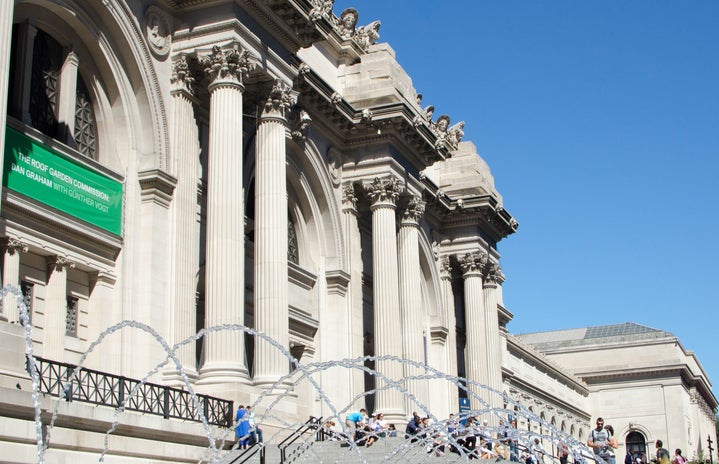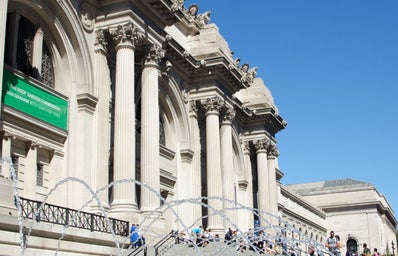As a student pursuing a degree in Museum Studies at Florida State University, I am closely following the recent updates to the Native American Graves Protection and Repatriation Act (NAGPRA) under the Biden Administration. These changes have a direct impact on our discussions and studies, shaping our understanding of the responsibilities that museums bear towards Indigenous communities.
Enacted in 1990, NAGPRA provides a framework for the protection and repatriation of Native American human remains, funerary objects, sacred objects, and objects of cultural patrimony. It recognizes the rights of federally recognized tribes, Native Hawaiian Organizations, and lineal descendants concerning items excavated or discovered on federal or tribal lands. The law aims to prevent grave looting, protect burial sites, and facilitate the respectful return of cultural items to Indigenous communities.
A pivotal aspect of NAGPRA is repatriation, the process of returning human remains and cultural items to their rightful Indigenous claimants. This addresses historical injustices, acknowledges cultural significance, and fosters collaboration between museums and Indigenous communities.
Interior Secretary Deb Haaland, the first Native American to hold a U.S. cabinet position, emphasized that the updated regulations will enhance Indigenous communities’ involvement in the repatriation process. The changes require institutions to defer more to tribes’ knowledge when making decisions about repatriations, acknowledging the importance of Indigenous perspectives in determining the fate of ancestral remains and cultural items.
A key modification to NAGPRA was the elimination of the “culturally unidentifiable” designation, previously used as a loophole to sidestep repatriation. Museums will now need to work closely with tribes to determine the rightful claimants for human remains or items in their collections, promoting transparency and accountability. This shift means that items donated to museum collections cannot be researched or shared on display until the museum institution works with NAGPRA to identify what tribal community it may have descended from.
The NAGPRA updates have prompted immediate actions from some museums and cultural institutions. For instance, the American Museum of Natural History announced the closure of two halls dedicated to Indigenous cultures of North America, aligning with the new regulations requiring consent for the exhibition of NAGPRA-covered artifacts. This marks a departure from outdated exhibition practices that disregarded the values and perspectives of Indigenous peoples. It also marks a pivotal change in their public education models. The American Museum of Natural History statement also mentioned that they would be canceling all field trips to the Eastern Woodlands exhibit, “which for years has hosted local students as part of their social studies curriculum.“
Typically NAGPRA only affects ceremonial or grave items and human remains, but the head of exhibit collections at the FIELD Museum told CBS News that while there are no human remains on display, “Black and white pottery that most major museums in this country have, many of those things could be from graves, from burials.” This abrupt change in educational models at national museums in conjunction with the requirement for consent in research is particularly intriguing for me as a Museum Studies student. The regulations now mandate institutions to obtain “free, prior, and informed consent” from tribes before allowing any research on Native American remains or items held in museum collections. Beforehand, consent was only needed to showcase items. This shift from recommendation to requirement signifies a significant step toward ensuring ethical research practices and emphasizes collaboration with Indigenous communities.
Similarly, Mission San Luis, a local Tallahassee museum, dedicated to portraying the relationship between the Spanish and Apalachee peoples in 1704 and earlier, may face challenges in light of the new regulations. According to the previous museum educator of Mission San Luis, Olivia Wichowski, “The living history museum and exhibit gallery were founded with the knowledge and consent of the Apalachee people. The late Apalachee chief Gilmer Bennett was vocal in his support of MSL in its work to preserve and educate people on the history of the Apalachee in the 1600s to early 1700s (all items on exhibition not in the Exhibit Gallery are educational replicas, and the gallery does not include any human remains or funerary items).”
While the museum may currently have only a few real artifacts on regular display, NAGPRA’s emphasis on explicit and written tribal consent for research could significantly alter the museum’s ability to research archeological findings, showcase certain items, and may even impact their ability to work with replicas. In Museum classes at FSU, we often learn of the significance of local museums like Mission San Luis’ mission statement and how it is extremely important to our community’s understanding of our land’s history. NAGPRA most likely won’t require Mission San Luis to change anything under these new regulations. However, pressure from national museums like FIELD and the American Museum of Natural History might encourage a reassessment of how Mission San Luis approaches its mission and educational objectives.
These real-world examples highlight the dynamic interplay between NAGPRA regulations, museum practices, and the preservation of cultural heritage. As students in the field, we are witnessing a transformative moment that necessitates critical thinking about how museums can navigate these changes responsibly.
The impact of NAGPRA on our studies goes beyond theoretical discussions; it directly influences our understanding of museum practices, ethical considerations, and the role of museums in preserving and presenting history.
I believe the recent NAGPRA updates present a unique opportunity for reflection and adaptation within our Museum Studies program and the museum field at large. The revised regulations represent a crucial step toward rectifying historical injustices and promoting a more respectful and inclusive approach to Indigenous heritage. As these changes take effect, the hope is that they will contribute to a more just and equitable future in preserving and respecting Indigenous cultural heritage, but I also hope these regulations will not deter institutions from talking about Indigenous and Native American history either.
Want to see more HCFSU? Be sure to like us on Facebook and follow us on Instagram, Twitter, TikTok, and Pinterest!


